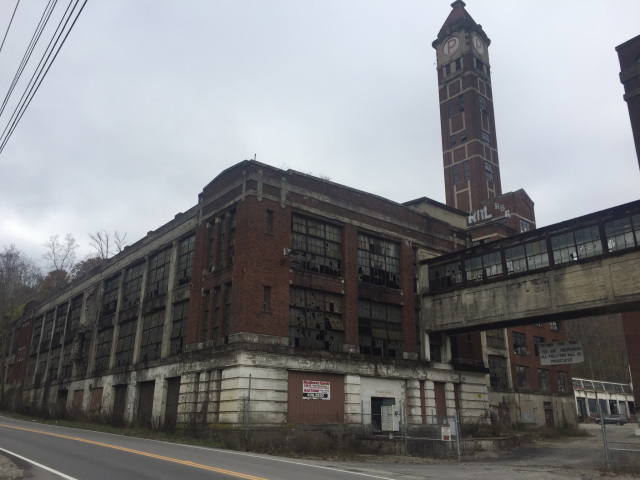Download links for: The Great Molasses Flood: Boston, 1919


Reviews (see all)
Write review
Fast-paced, nicely detailed account of one of the most unusual disasters in American history.
What a freaky, bizarre bit of history! Very well told.
great pictures and information about an historic event
Fascinating account of a truly bizarre event!
Just couldn't get into the book.
Other books by History & Biography
Related articles












